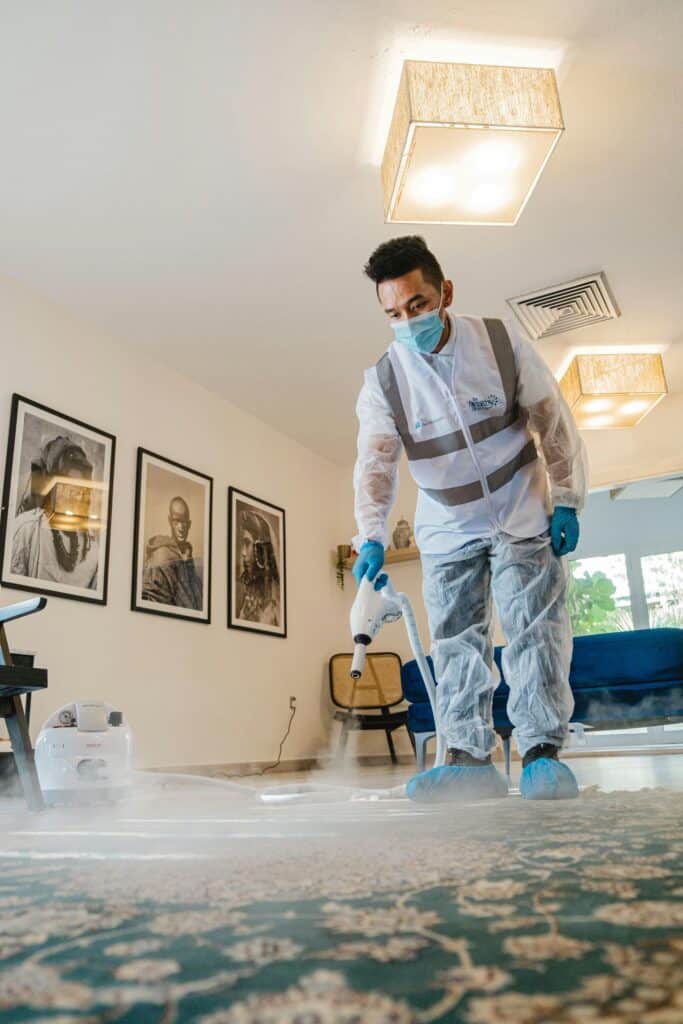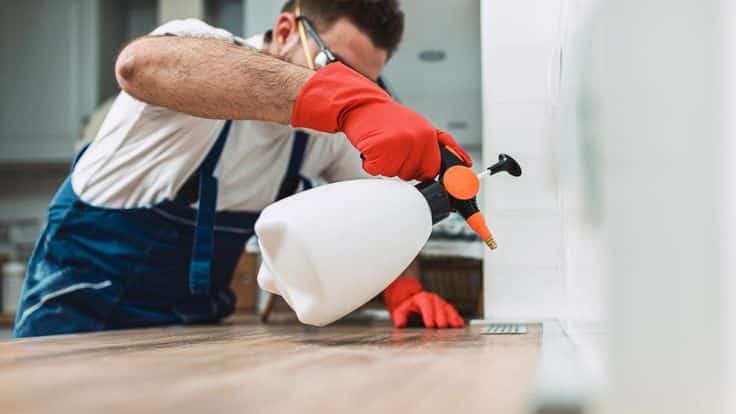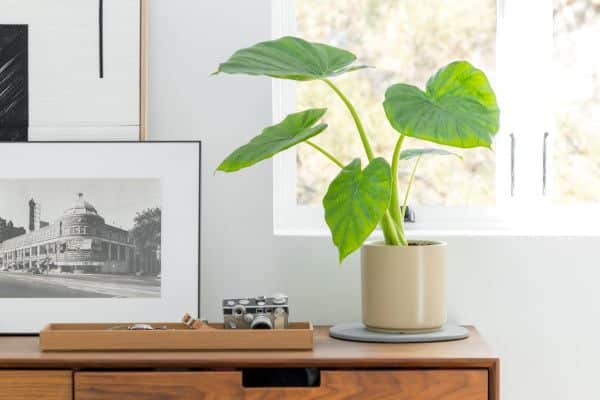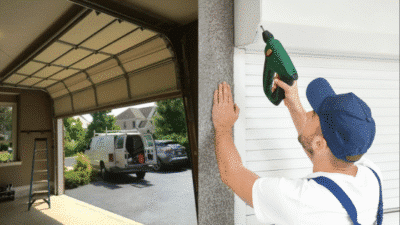A beautiful home can still attract some very ugly guests. Ants in your pantry. Spiders in the corners. Termites in your walls. Even if your house looks straight out of a design magazine, pests don’t care about your style—they care about food, moisture, and shelter. But what if your design could help keep them away?
That’s exactly what we’re getting into. From layout tweaks to material choices, there are clever, stylish ways to make your home less appealing to pests without sacrificing curb appeal or comfort. And when things get beyond what a well-placed dehumidifier can handle, local help from experts like sparkpest.com makes all the difference.

Why Design Matters in Pest Prevention
Good design isn’t just about looks—it’s also about function. The way your home is built and styled can either encourage or block out common intruders. Here’s why it matters:
- Cracks, gaps, and clutter are all invitations to pests. That charming exposed beam? It might also be a highway for ants.
- Ventilation, moisture control, and material finishings impact how livable your space is for bugs as well as people.
- Modern open-concept layouts often mean shared airflow and fewer physical barriers—great for entertaining, not so great when pests wander from one room to the next.
If your home is designed thoughtfully with pest control in mind, you won’t just be living prettier—you’ll be living smarter.

Materials That Bugs Hate (and You’ll Love)
Some materials are naturally more pest-resistant than others. Here’s a look at what works—and what you might want to replace:
Go For:
- Hardwood floors or tile over carpet. Carpets can trap food particles and moisture, making them cozy for insects.
- Metal or composite siding instead of untreated wood, which is vulnerable to termites.
- Quartz countertops, which are non-porous and easier to keep clean than porous materials like marble.
Avoid:
- Wall-to-wall carpeting in high-traffic or food-heavy areas.
- Natural fiber rugs in humid climates (bugs love organic materials).
- Untreated wood trim or furniture, especially outdoors.
Bonus: pest-resistant materials often require less maintenance, meaning you’ll save time on cleaning and repairs in the long run.
Smart Layouts That Keep Pests Out
How your home is laid out plays a role in how easy it is to clean—and how hard it is for pests to sneak in or spread.

1. Avoid Hidden Gaps
Custom cabinetry that fits wall-to-wall minimizes cracks and crevices where bugs can hide. Floating shelves? Gorgeous, but check the gaps behind them.
2. Choose Elevated Storage
Furniture with legs lets you clean underneath, preventing buildup of crumbs or debris. It’s also harder for pests to find undisturbed shelter.
3. Close the Loop
If your kitchen flows directly into a laundry or mudroom, be sure door thresholds are tight and sealed. Open-concept is nice, but sealed transitions help keep bugs from wandering room to room.
Good layouts aren’t just easier to live in—they make it harder for pests to live rent-free.
Outdoor Style, Indoor Consequences

That lush garden or cozy patio setup might be doing more harm than good when it comes to pest control. Let’s look at how to keep your landscaping smart and pest-safe.
Plant Placement
Keep bushes, trees, and shrubs trimmed back from your home’s walls. Plants that brush against siding or windows can create a bridge for ants, roaches, and even rodents.
Drainage Design
Puddles and poor drainage attract mosquitoes. Make sure rain runoff flows away from the house, and use gravel or pavers to dry out soggy zones.
Mulch Mindfully
Organic mulch is great for your soil—but also great for bugs. Keep a buffer between mulch beds and your foundation. Consider using rock or rubber mulch near the house.
Your outdoor aesthetic doesn’t need to suffer. Just think of it as styling with pest control in mind.
Maintenance Habits That Double as Design Wins

You don’t have to choose between a home that’s tidy and one that looks good. Many of the best maintenance habits are also visually rewarding.
- Decluttering shelves, closets, and counters makes your home look better—and gives bugs fewer places to hide.
- Proper pantry storage using glass or metal containers prevents pests and elevates your kitchen’s look instantly.
- Consistent deep cleaning doesn’t just prevent infestations; it helps preserve your furniture and fixtures.
Design and maintenance go hand in hand. Keep up your routines, and you’ll enjoy a space that’s both stylish and pest-free.
When Good Looks Aren’t Enough: Bringing in Experts
Even the best design can’t fix everything. Arizona’s warm climate means Glendale homes are naturally prone to pest activity, no matter how spotless or modern they are. That’s where it helps to work with experienced pros who know how to balance prevention with real solutions.
Sometimes, the smartest design choice is to know when to call for backup.
FAQ: Pest Control and Home Design
Q: Can my home’s layout really affect pest activity?
A: Absolutely. Open layouts, cluttered zones, or poorly sealed doorways can give pests easy access to multiple rooms. Smart design helps limit their movement and makes your home easier to monitor and clean.
Q: Are there pest-resistant materials I should consider for renovations?
A: Yes! Go for hard surfaces like tile, sealed hardwood, or quartz. These materials don’t trap moisture or crumbs, making them less attractive to insects.
Q: Do certain houseplants attract pests?
A: Some do—especially if they hold standing water (like bromeliads) or have moist soil. Keep indoor plants well-drained and inspect regularly for gnats or mites.
Q: How often should I schedule a professional pest inspection?
A: At least once a year is a good baseline, but Glendale’s warm climate may call for more frequent check-ins—especially during spring and summer.
Q: Can I have a stylish home and still be pest-free?
A: 100%. With smart choices in materials, layout, and maintenance—plus help from local experts when needed—you can have a home that’s both beautiful and bug-resistant.
Let me know if you’d like the FAQ tailored even more toward Arizona homeowners or specific pests common in Glendale!

Final Thoughts
You don’t need to sacrifice your aesthetic to live in a pest-free home. From tile floors that clean up fast to layouts that discourage nesting, smart design decisions double as pest prevention tools. And when those unwanted guests still manage to slip through the cracks, it helps to have local professionals like Spark Pest ready to step in.
Design your space with style, but let function play a role too. Because nothing ruins a Pinterest-worthy home faster than a trail of ants across the kitchen island.
- 0shares
- Facebook0
- Pinterest0
- Twitter0



